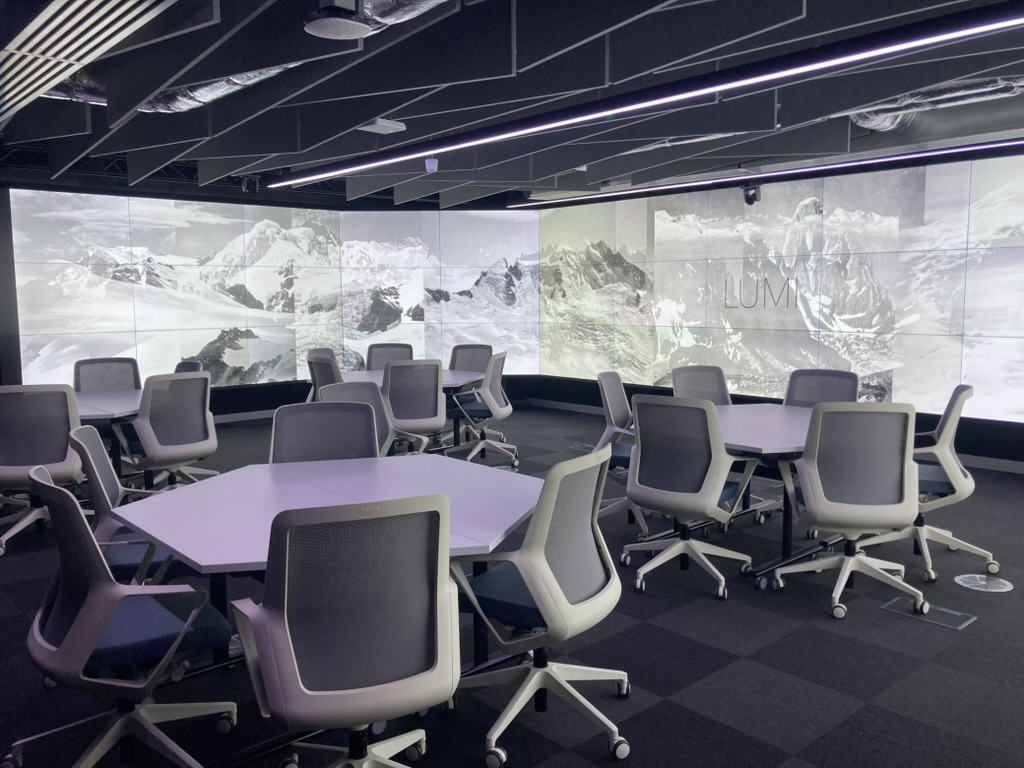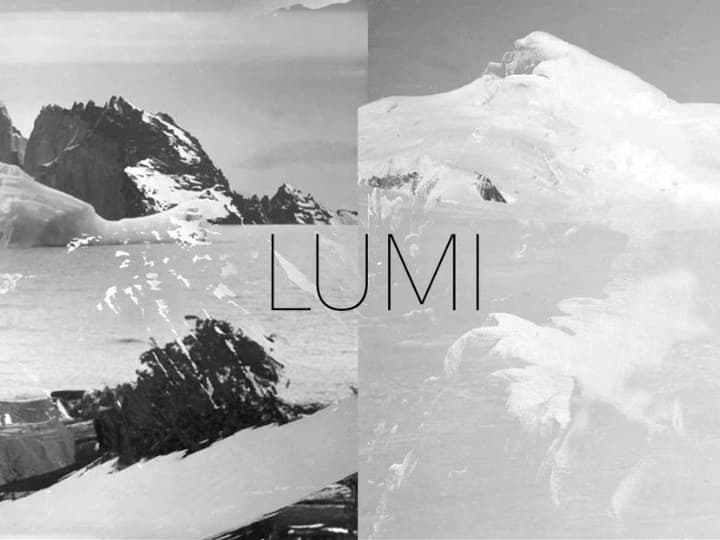Unsecurities Lab 1 (March 2025)
This Lab centred on two immersive artworks by Joey Holder: Charybdis, which visualises disrupted communication and deep-sea security ecologies and Abiogenesis, which imagines emergent life forms and synthetic planetary intelligence. Participants worked through both speculative analysis and structured scenario-building.
Questions explored:
- What happens when a security event is visually or emotionally unstable?
- How do existing response protocols cope with unfamiliar forms of signal or agency?
- What forms of coexistence or protection become thinkable when we foreground post-human actors?
Key insight:
Security cannot be separated from the forms of perception that shape it. Disorientation, non-recognition, and speculative presence all challenge the operational boundaries of current security models.
“We all have these structures within which we construct meaning. If the artwork makes participants question or destabilize their usual frames of reference, then it's working.”
More on Unsecurities Lab Workshop 1



